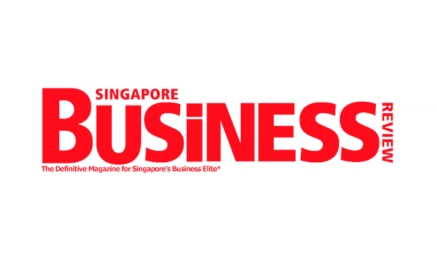
Case study
50%

Case study
23%

Blog
Affiliate marketing in Canada for 2025: Expert insights for U.S. brands expanding globally

eBook
Ultimate guide to influencer marketing
Case study
+36%
Case study
22X

Byline and article
Caught between clicks and caution: The marketer’s trust dilemma

Blog
Brand partnerships guide: 6 types, benefits, and how to find partners

Blog
Partner marketing examples: 12 proven strategies to grow your brand in 2025

Video
APAC Travel Marketing Trends 2025: How Leading Travel Brands Are Driving Growth Beyond Traditional Advertising

Research report
Where APAC travel brands are investing for growth

Blog
Beyond pet products: How pet influencer marketing works for any industry in 2025

Podcast
S06 | E7 – Authentic content that drives real results with micro-and-nano influencers

Byline and article
Travel marketers shift focus with trust reshaping influence: report

Byline and article
SEA marketers prioritise retention, brand building to gain travellers’ trust: report

Blog
Building a profitable creator community: How OLIPOP’s hybrid commission approach drives 12% of sales

Podcast
S06 | E6 – Driving affiliate success through talent, strategy, and stronger partnerships

Blog
Maximizing rewards program performance under new ICO guidelines: A guide for UK and EU advertisers